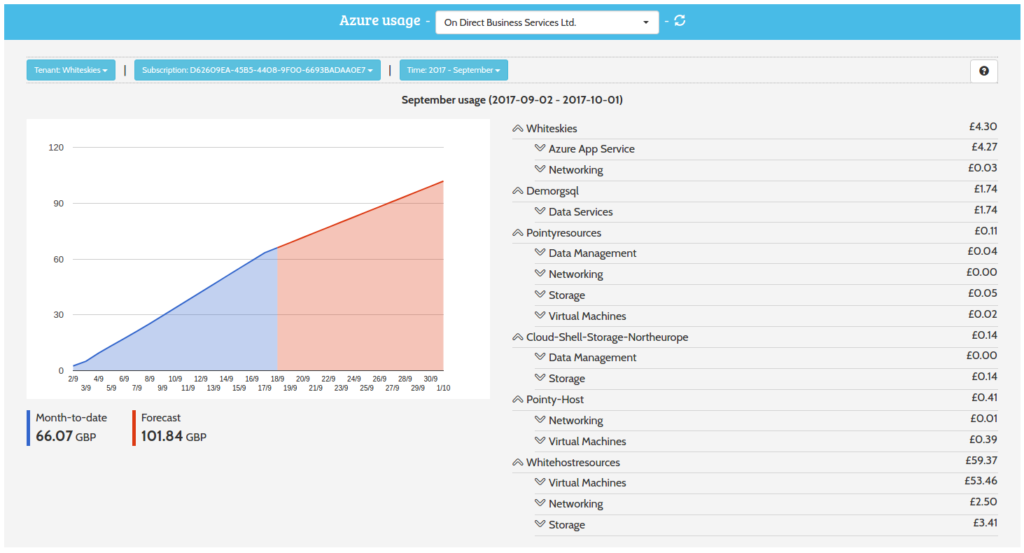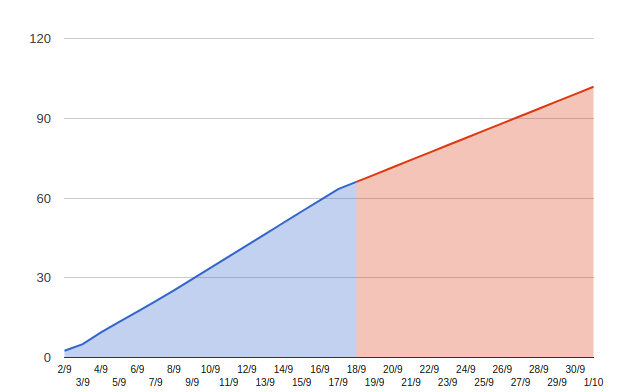Why new cloud billing tools are like getting a smart meter for your IT

When people discuss the benefits of cloud, they often talk about the control you can get over cost and the fact you can turn IT resources on and off as you please.
It’s a statement that’s usually been very vague. It’s become one of those things that just trips off the tongue. So you may well have found yourself asking a few questions, such as how am I going to know what to turn off and when? How granular can you really get about this cost control? And how much is this capability really an advancement on the past?
Until fairly recently, this wasn’t always an easy question to answer. But that’s all changing now, and it’s because of the availability of billing tools that make the cost control argument very real.
Comparisons with the energy sector
It strikes me that is going to be like the changes we’ve seen in electricity and gas provision. We’ve always been able to turn those resources on and off to make savings too (a light switch off here, or a TV there). However, until recently we never got to understand what the true benefit of that was. All we got was a lump sum bill every quarter that told us whether we’d spent more or less than we were hoping for.
Now, of course, things are becoming different. With the introduction of smart meters, it’s now possible to access energy information portals and manage your energy use and spending online. You can produce your own reports, analyse how you are using energy, and adapt accordingly.
The benefits are important for businesses in particular. Supermarket chains, for example, are now able to identify periods of the day when their business’s energy demand is high across different areas of the business, such as stores, petrol forecourts and distribution centres. They can see if usage is too high in a particular facility at a particular time of year when it doesn’t need to be. Understanding this really helps them to optimise how they use energy.
A smart meter for your cloud
Perhaps it’s not very well known yet, but the situation is very similar with cloud services. Once, when you used services like Azure, you just got a lump sum bill from Microsoft, much like the energy utilities always provided.
But just like what happened in the energy sector, that’s all changing now. Using billing tools like ours – which you can see below – you can now get a really detailed view of how you consume Azure services. You can look at each individual server, and analyse what different departments are spending on things like storage, virtual machines and data management in a really granular way.

Going back to that smart energy analogy, it’s about getting a new view of consumption that helps you to optimise your environment. You may be able to see that one of your virtual machines is underutilised at night, while the other is overworked and needs more capacity adding. Using our billing tool will help you to divert workloads from one machine to the other without increasing spending. You can even use the billing tool to make detailed spending forecasts.

Another valuable benefit is that you can also use the tool to allocate IT budgets to different departments. By so doing you make them responsible for managing them. This is a really sensible thing to do, because it enables all managers in the organisation to assess cloud costs for their specific purposes and encourages them to get the best possible return for their own investment.
Working smart in this way doesn’t just allow you to optimise IT spending. It will in fact do much more than that, because it helps you to give line of business managers a real understanding of how technology spending can be managed more effectively, dynamically and profitably in ways that will ultimately benefit both them and the business as a whole.
If you are already a Cloud Direct customer and haven’t stated using our billing tools yet, you can access them via our PROVIDE portal, clicking Log-In at the top of the band or by clicking here. If you’re not a customer yet, just get in touch and we’ll be happy to give you a demo.



